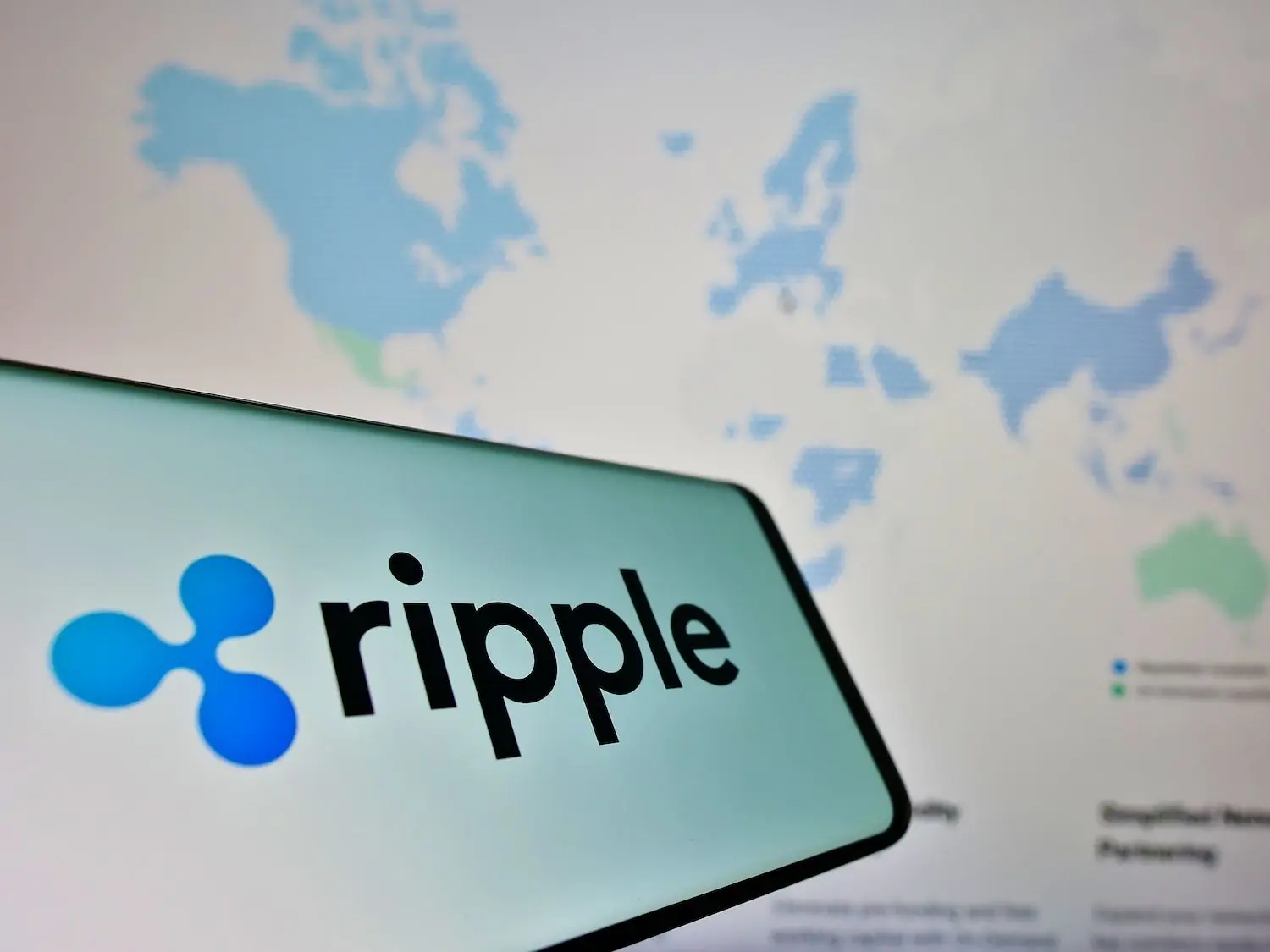Ripple Labs has completed its acquisition of prime brokerage Hidden Road, marking the company's fifth purchase in two years and positioning the crypto payments firm to potentially enter the $12 trillion U.S. repurchase agreement market, according to industry analysts who say the move could expand XRP's role beyond cross-border transactions.
What to Know:
- Ripple completed its Hidden Road acquisition on Oct. 24, rebranding it as Ripple Prime and becoming the first cryptocurrency company to operate a global, multi-asset prime brokerage
- The U.S. repo market is valued at approximately $12 trillion, nearly double previous estimates, and serves as a primary short-term funding mechanism for global financial institutions
- Ripple has acquired five companies since 2023, including GTreasury, Rail, Standard Custody and Metaco, building infrastructure that connects traditional finance with digital asset liquidity
Acquisitions Signal Shift in Strategy
The discussion about Ripple's expansion began after crypto analyst X Finance Bull posted on X that the company's recent purchases indicate a direct push into the repo market. The market's size had been cited at $6 trillion, but X Finance Bull said the actual figure approaches $12 trillion.
The repo market facilitates short-term lending between financial institutions, typically overnight, using securities as collateral. Banks and hedge funds use these transactions to manage their balance sheets and meet regulatory requirements. X Finance Bull described it as "the real liquidity backbone of the global finance system."
Ripple's acquisition of GTreasury, a cloud-based treasury management platform, closed last week.
Combined with Hidden Road, the company now has access to both capital management infrastructure and prime brokerage services. Prime brokerages provide hedge funds and institutional clients with securities lending, leveraged trade execution and custody services.
The analyst said Ripple is constructing "the foundation of modern monetary plumbing" that operates continuously with real-time settlement through a decentralized ledger. He told observers to look past XRP's price movements and focus on Ripple's positioning within financial infrastructure.
Building a Multi-Asset Brokerage
Chief Executive Brad Garlinghouse announced the Hidden Road deal's completion on Oct. 24. The acquisition, now operating as Ripple Prime, represents Ripple's entry into prime brokerage services across multiple asset classes.
This marks Ripple's fifth acquisition since 2023. The company bought Metaco, a digital asset custody provider, in 2023. Standard Custody followed in 2024. Rail, a stablecoin payment platform, joined Ripple in August. GTreasury came last week.
Garlinghouse said the acquisitions support Ripple's goal of enabling an "internet of value."
He emphasized that XRP remains integral to the company's expanding network. The CEO noted that Ripple Prime makes the company the first cryptocurrency firm to own and operate a global prime brokerage handling multiple asset types.
The repo market functions as a critical liquidity source for major financial institutions. Participants include the Federal Reserve, primary dealers, money market funds and other institutional investors. Transactions typically involve U.S. Treasury securities, though repos can use other high-quality collateral.
Understanding Key Financial Terms
A repurchase agreement, commonly called a repo, is a short-term borrowing mechanism where one party sells securities to another with an agreement to repurchase them at a specified price on a future date. The difference between the sale and repurchase price represents the interest rate. These transactions usually last overnight but can extend to several weeks.
Prime brokerages serve as intermediaries for institutional clients, particularly hedge funds. Services include securities lending, which allows clients to borrow shares for short selling, and leveraged trading through margin accounts. They also provide consolidated custody and reporting across a client's various positions and counterparties.
XRP functions as both a digital asset and a bridge currency in Ripple's payment network. The token can be used for fast cross-border transactions and as a liquidity tool in markets where establishing banking relationships proves difficult.
Closing Thoughts
Ripple's acquisition strategy demonstrates a shift from pure payment services toward comprehensive financial infrastructure that bridges traditional and digital markets. The company's purchases of treasury management and prime brokerage platforms position it to serve institutional clients seeking to incorporate digital assets into existing operational frameworks. Whether this translates to increased XRP utility or adoption remains dependent on regulatory clarity and institutional acceptance of cryptocurrency-based settlement systems.

